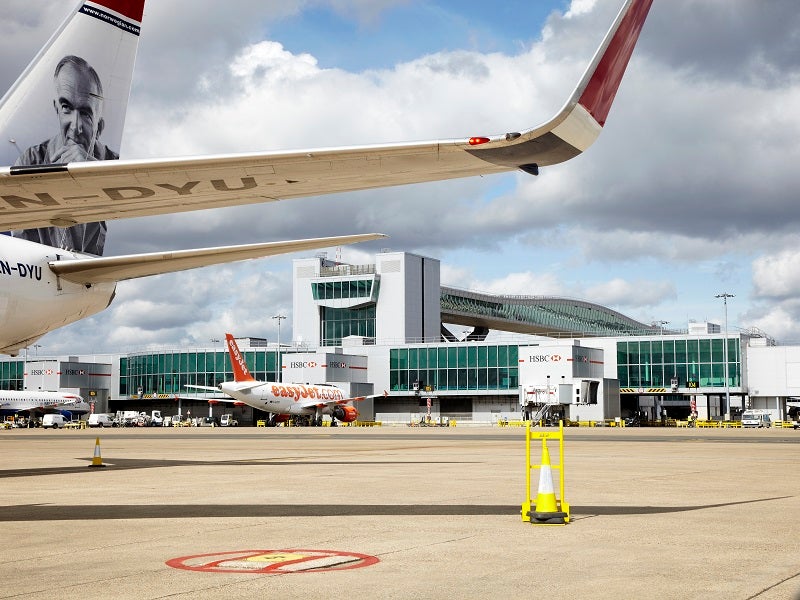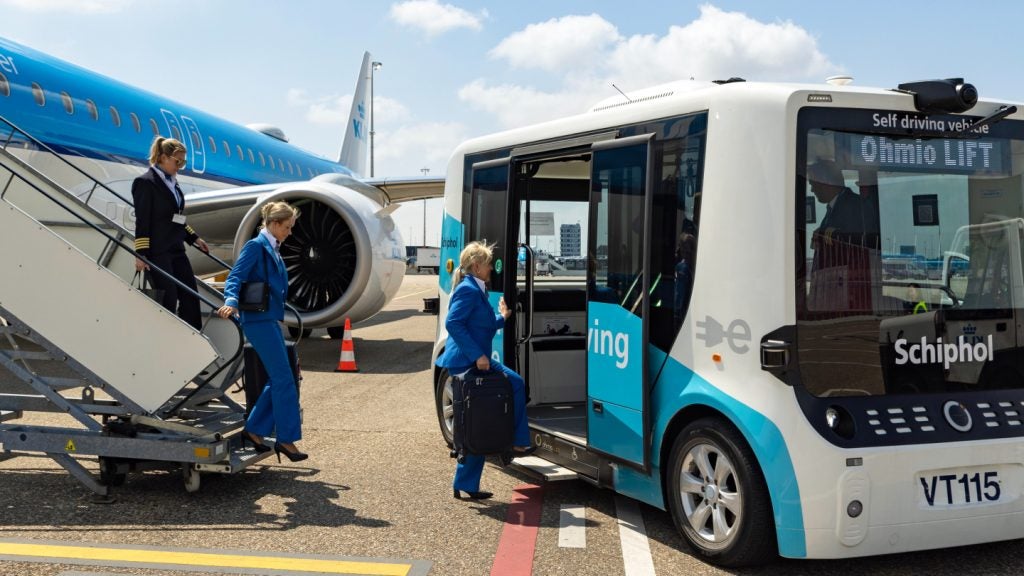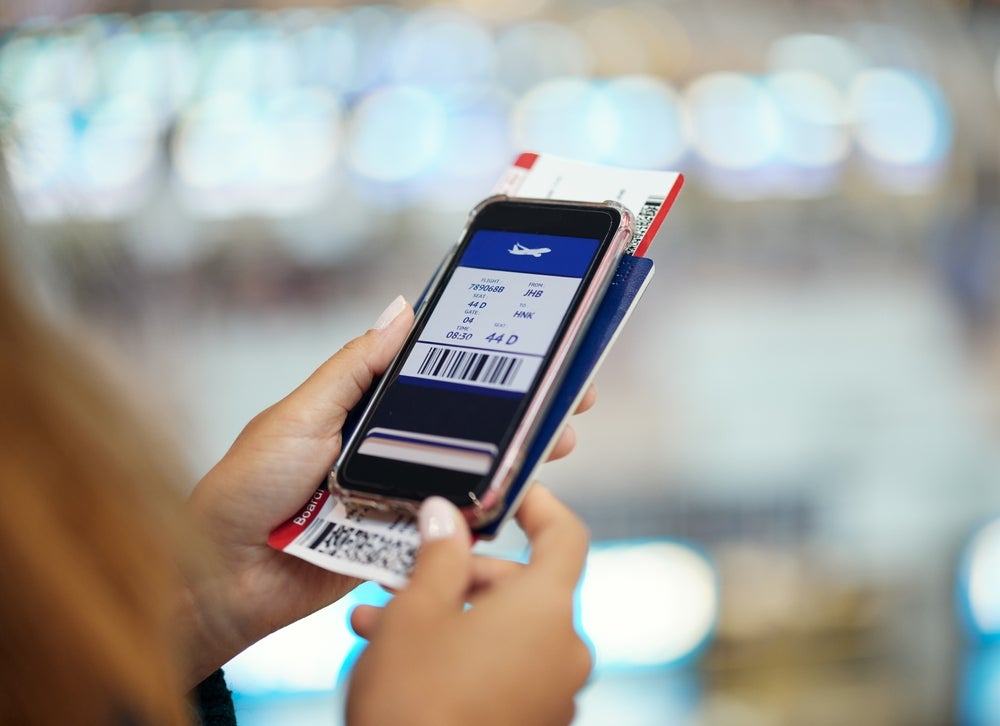
Gatwick is the UK’s second-largest airport behind Heathrow, serving 46 million passengers annually on both short and long-haul point-to-point services to more than 230 destinations in 74 countries.
Gatwick recently published its capital investment programme (CIP), a rolling five-year plan released annually, which outlines spending of £1.11bn, taking the airport’s total investment since 2009 to £3.21bn. Here are five of the most eye-catching projects identified within the latest CIP.
The Pier 6 western extension
The single biggest project to be delivered within the next five years, the Pier 6 western extension will enable half a million more passengers (97% of all passengers in total) using the North Terminal to embark and disembark their aircraft via a jetty-served stand as well as improved gate waiting areas.
The design incorporates automated boarding technology that uses biometrics to process passengers through e-gates straight onto the aircraft. In addition, travellers will have access to the extension’s coffee shops and retail facilities right up to the point of boarding.
Under the plans, Pier 6 will double in size and the superjumbo departure area will move to Pier 5, which will be upgraded with a widened taxiway to accommodate the 80m wingspan of the larger A380 planes operated by Emirates.
Valet parking robots
In March Gatwick signed a framework contract with French firm Stanley Robotics to become the first UK airport to test valet parking robots. In a trial running from the second half of 2019 to early 2020, passengers will leave their cars in a safe ‘parking station’ close to the South Terminal entrance and – without handing over keys – a driverless robot will gently lift the car and store it in a secure car park.
How well do you really know your competitors?
Access the most comprehensive Company Profiles on the market, powered by GlobalData. Save hours of research. Gain competitive edge.

Thank you!
Your download email will arrive shortly
Not ready to buy yet? Download a free sample
We are confident about the unique quality of our Company Profiles. However, we want you to make the most beneficial decision for your business, so we offer a free sample that you can download by submitting the below form
By GlobalDataThe system will be connected to real-time flight information; the robot returns the vehicle to the parking station and the driver receives an SMS informing them the car is ready for their arrival.
Gatwick’s chief commercial officer Guy Stephenson said that, in addition to saving passengers time by offering them a convenient, personalised parking experience, the valet robots will reduce vehicle emissions, and have the potential to significantly increase car park capacity and help the airport meet the increasing demand for air travel with only limited changes to its existing infrastructure.
“Valet parking robots could revolutionise parking at Gatwick and may also become commonplace at airports and other businesses across the world,” he said.
“We aim to completely reinvent the parking experience and create a seamless customer journey,” added Stanley Robotics COO Stéphane Evanno. “In addition, we will be maximising the efficient use of land for Gatwick and bringing them a sustainable solution.”
Biometric auto-boarding
Gatwick, in partnership with easyJet, ran extensive trials of biometric auto-boarding technology in 2018, with more than 20,000 international passengers experiencing the solution for the first time across multiple European destinations.
More than 90% of those interviewed said they found the technology extremely easy to use, and the trial demonstrated faster boarding of the aircraft for the airline as well as a significant reduction in queue time for passengers. Last month, Gatwick became the first UK airport to confirm it will use facial-recognition cameras on a permanent basis for ID checks before travellers board their flights.
Gatwick is now collating the data as part of its 2019 CIP in order to further develop the technology ready for a second trial in the next six months, before rolling out auto-boarding on eight departure gates in the North Terminal when it opens a new extension to its Pier 6 departure facility in 2022.
“One of the major benefits for passengers will be the open gate-room concept that Gatwick will be able to enable with this technology,” a spokesperson for the airport said. “This will allow passengers to spend more time enjoying the shops or having a last-minute coffee before boarding their flight.”
Check-in automation: self-service bag drop technology
The latest Gatwick five-year CIP involves ongoing investment in self-service bag drop technology for airline customers. A major part of the airport’s growth strategy, the self-service bag drop zone – the world’s largest – cost £36 million and is designed to speed passengers through the check-in and bag drop formalities, and increase peak capacity from 3,000 to 4,350 passengers per hour.
The technology enables passengers who have checked in online to take their bags to a machine upon arrival at the airport, where they can print their luggage tag, apply it to their bag and load it straight onto Gatwick’s state-of-the-art baggage sorting system, completing the check-in process in less than two minutes. Just under a third (30%) of Gatwick’s check-in points are now self-service bag drop units.
On entrance to the security area, passengers are processed through a set of 17 e-gates to reduce queues and speed-up security processing; 95% are now screened and through security within five minutes. The new ‘Gen II’ security screening technology can facilitate 600 passengers per hour, per lane – a 68% improvement compared with ‘Gen 0’ equipment.
Runway optimisation: time-based flow management
Gatwick aims to increase the capability of its main runway from the current maximum of 55 aircraft movements per hour to around 60 during peak periods. To do this, it is investing in new technology optimisation including time-based flow management, which is already deployed at other UK airports.
Time-based separation (TBS), recently adopted at Heathrow, integrates advanced Single European Sky (SESAR) traffic management solutions into a single operating platform. It will provide greater operational precision and reduced separation buffers, as well as the use of radar-controlled by Air Navigational Services (ANS), enabling Gatwick to deliver tailored, optimal departure separation.
At Heathrow, TBS technology and procedures have eased inbound air traffic flow management and reduced airborne holding delays due to the effect of headwinds on aircraft final approach.
Under the previous final approach system of fixed-distance separation, aircraft groundspeed fell when headwinds increased, reducing the landing rate, leading to extended airborne holding and increased delays. TBS dynamically adjusts and safely reduces the approach separation between arrivals in order to recover most of the capacity otherwise lost in strong headwind conditions.
Emerging projects and AI implementation
Notable emerging projects outlined in Gatwick’s latest CIP include: electric and computer-driven airside vehicles, including Mototok tugs that tow aircraft to stands; auto-dock airbridges that do not require an operator to attach them to the aircraft; automation of baggage handling; and a new special assistance airside lounge for the South Terminal.
Gatwick recently became the first airport worldwide to deploy artificial intelligence computer vision technology on the apron for operational use to reduce delays and improve on-time performance.







